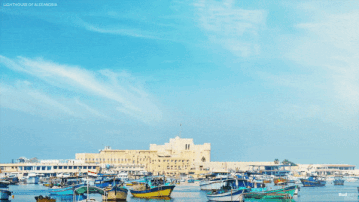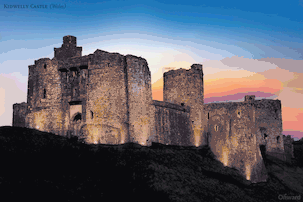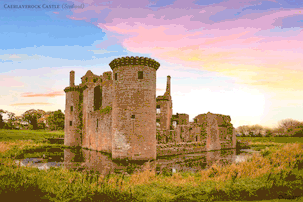Search Images
Browse Content (p. 801)

Image
The Flagellants
Painting by Pieter van Laer, c. 1635 CE
Alte Pinakothek

Image
Temple of Artemis at Ephesus, Reconstructed
A modern reconstruction of the Temple of Artemis in Ephesus. The temple took 120 years to build and was finally completed in 550 BCE. It was one of the Seven Wonders of the Ancient World, but was burned to the ground by a man named Herostratus...

Image
Statue of Zeus at Olympia, Reconstructed
A reconstruction of the Statue of Zeus at Olympia. The statue was built by Phidias in the 5th Century BCE and is one of the Seven Wonders of the Ancient World.

Image
Mausoleum at Halicarnassus, Reconstructed
The Mausoleum at Halicarnassus was built c. 351 BCE for the Persian satrap Mausolus. The massive structure is one of the Seven Wonders of the Ancient World.
This gif is a reconstruction of what the mausoleum would look like today.

Image
Lighthouse of Alexandria, Reconstructed
The Lighthouse of Alexandria was the first of its kind, created in 280 BCE. The lighthouse used a mirror to reflect the light up to 35 miles out to sea. By day, it used the light of the sun, by night it used a massive fire. It is one of the...

Image
Hanging Gardens of Babylon, Reconstructed
The Hanging Gardens of Babylon were said to have been built between between 605-562 BCE by King Nebuchadnezzar II as a gift to his wife. The Hanging Gardens of Babylon are on the Seven Wonders of the Ancient World. This gif is a modern reconstruction...

Image
Great Pyramid of Giza, Reconstructed
A reconstruction of the Great Pyramid of Giza, with its white limestone covering and golden capstone. The pyramid was built for the Egyptian Pharaoh Khufu between 2584 and 2561 BCE and is one of the Seven Wonders of the Ancient World.

Image
Rhodes Colossus, Reconstructed
A modern reconstruction of the Colossus of Rhodes, built c. 280 BCE. The colossus was 33 metre high statues was one of the Seven Wonders of the Ancient World.

Image
Kidwelly Castle, Reconstructed
Kidwelly Castle in Dyfed, Wales was first built as a wooden fortification in 1102 CE, by the Normans who had just arrived in modern-day Wales. The stone castle was built by the 1280s CE. This gif shows a reconstruction of the castle as...

Image
Caerlaverock Castle, Reconstructed
Caerlaverock Castle is a triangular, moated castle built in the 13th Century CE. The castle has been partially demolished and rebuilt numerous times over the centuries, but its unique shape has remained constant. Located in Dumfries and...